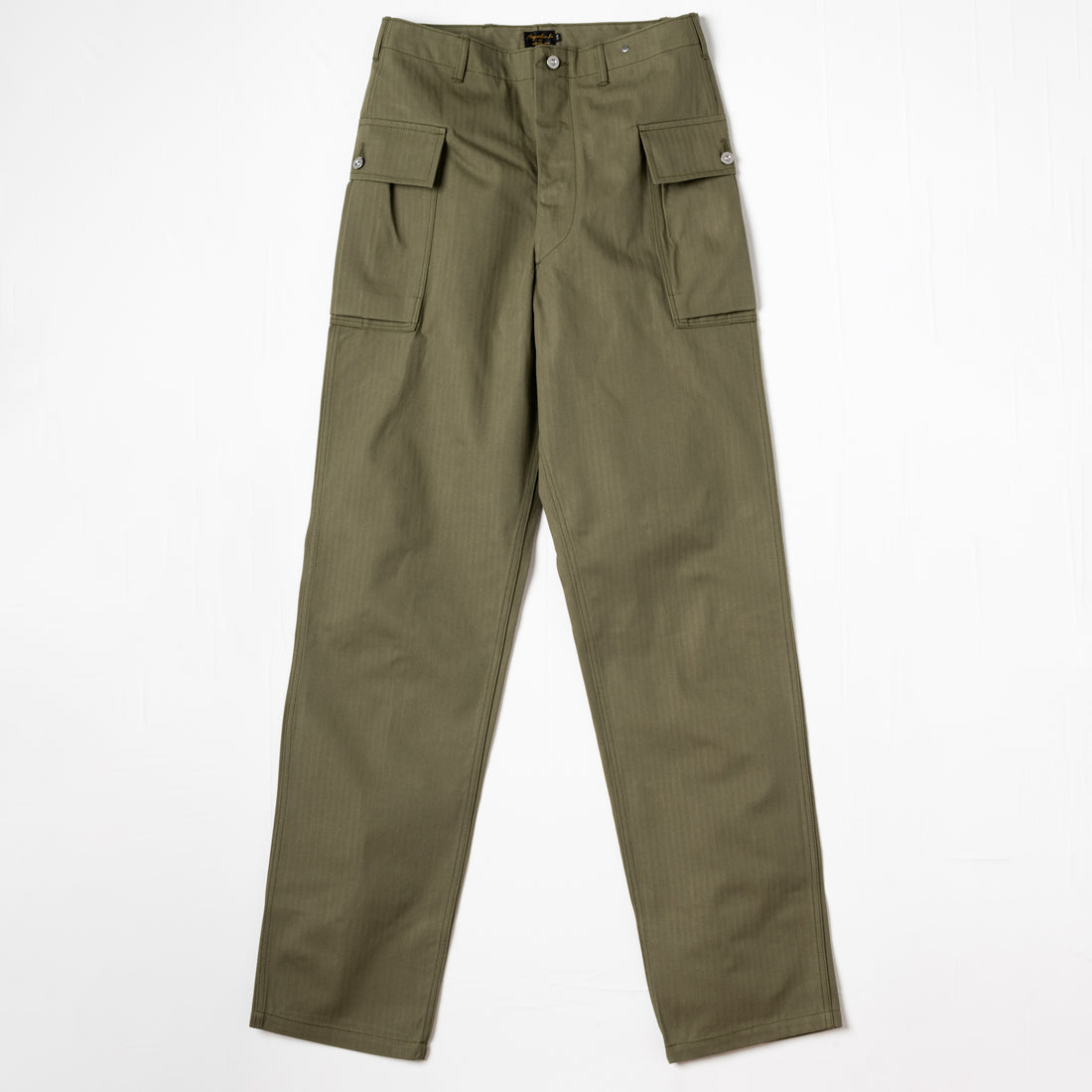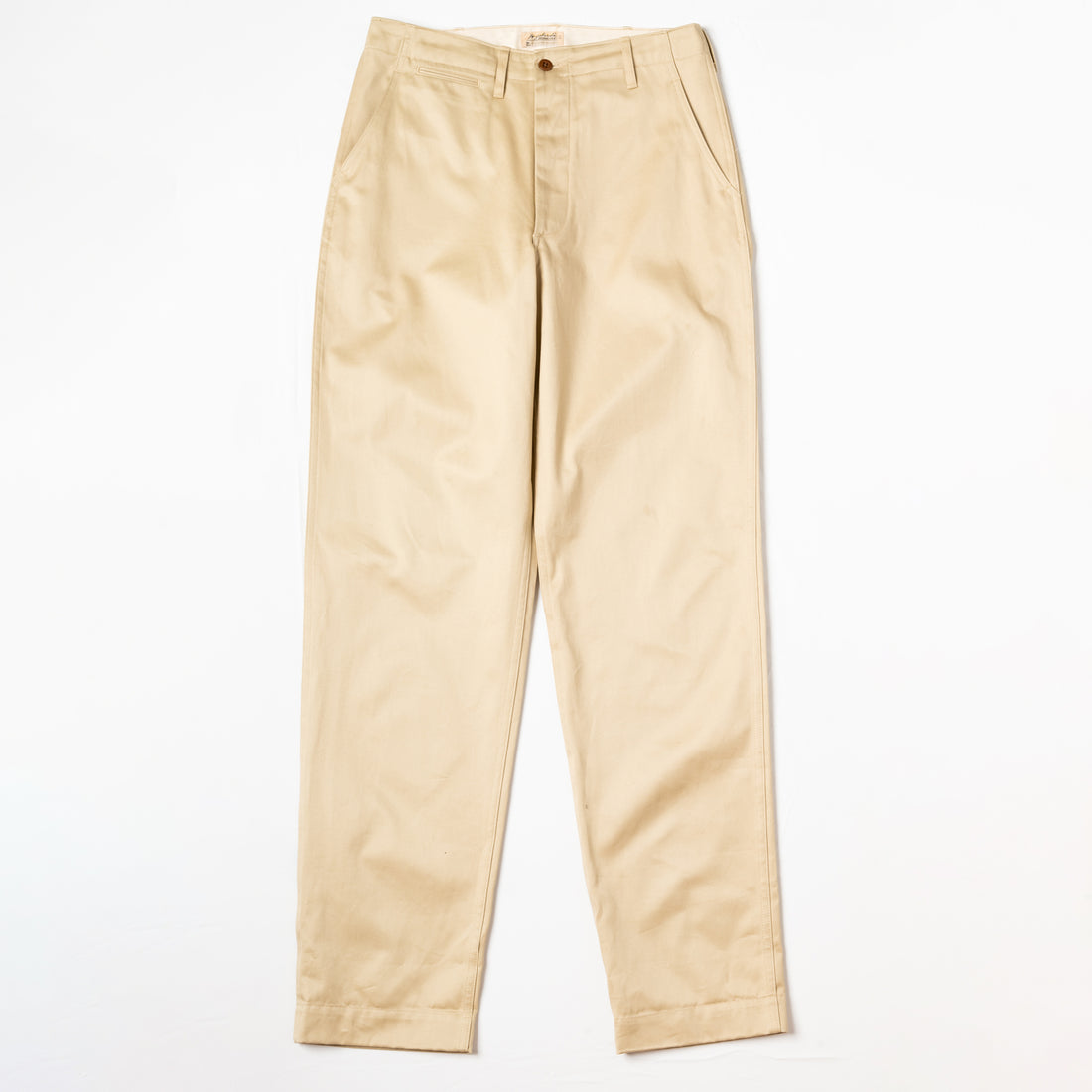

Super Numbers
Super Numbers
Written by Ethan Newton
This owes much to the wonderful book The Suit by Nicholas Antongiavanni, better known as Manton..
A subject that causes much confusion among many is the subject of super numbers and their correlation to microns, and what this all means for the man that wears a suit each day.
Often mistaken with thread count, super numbers, and their neglected cousins below the 100 mark, actually refer to the number of “hanks” that can be spun from a pound of raw wool – a “hank” being a spool of 560 yards. So finer micron wool would weigh less, making a pound of finer wool able to be processed into more spools. So higher number means lower micron, and in turn finer wool and lighter fabric.
How does this apply to microns, and what is a micron?. A micron, or micrometer, is one millionth of a meter. So an 18.5 micron wool – or a super 100 – would be a fibre that is 18.5 millionths of a metre across. Super numbers tend to rise in increments of ten, dropping half a micron as they go up – so a Super 120’s would be 17.5 microns, and a Super 150’s would be an incredibly fine 16 microns.
An actual table of Super Numbers to Micron weight is listed below;
Super 200’s weighted mean value μ ≥13.26 ≤ 13.75
Super 190’s weighted mean value μ ≥13.76 ≤ 14.25
Super 180’s weighted mean value μ ≥14.26 ≤ 14.75
Super 170’s weighted mean value μ ≥14.76 ≤ 15.25
Super 160’s weighted mean value μ ≥15.26 ≤ 15.75
Super 150’s weighted mean value μ ≥15.76 ≤ 16.25
Super 140’s weighted mean value μ ≥16.26 ≤ 16.75
Super 130’s weighted mean value μ ≥16.76 ≤ 17.25
Super 120’s weighted mean value μ ≥17.26 ≤ 17.75
Super 110’s weighted mean value μ ≥17.76 ≤ 18.25
Super 100’s weighted mean value μ ≥18.26 ≤ 18.75
How does this advantage the suit wearer? For those in warmer and more tropical climes it means that the suit is lighter on the body, a definite advantage in a humid summer, but lower counts also have their advantages,
which is why many bespoke suits are made in lower count 80’s and 90’s. Higher micron, lower count wools tend to hold a crease well, and are less likely to rumple throughout the day as they are heavier and more draped. Higher count wools also suffer from what makes them desirable – a 130’s or 150’s is undoubtedly a luxury fabric, with a finer, more delicate fibre. Delicate fibres woven closely together are silkier, but still more delicate, making them less able to withstand heavy and repeated wear.
But microns and hank counts are not the final signifier of what makes a good wool – differing breeds of sheep produce differing qualities of wool and the processing of that wool makes for differing qualities of an end product. Just as slow woven, hand picked cotton is better because there is less chance for fibre breakage, and thus longer fibre, smoother hand and better fabric integrity, so can an indelicately woven wool in a higher number be less desirable than a low count from a better mill. The weave itself also makes a difference - high twist, openly woven cloth can be heavier yet cooler than a closely woven lighter weight.
I have taken to cloth that is open and crunchy, that can take regular wear without pilling, and that can be folded in my suitcase yet recover it’s shape after a night’s hanging. Fresco from J & J Minnis, and the Crispaire from Holland and Sherry are amongst my favourites, and most often worn. The idea that they have the body to last me a long time makes them all the more desirable, as the idea of a favourite blue suit that is 15 years later the perfectly threadbare blue blazer holds so much more appeal than a wardrobe full of luxury wools that need kid gloves for handling.
410Gr Tropical High Twist by Sartoria Dalcuore











